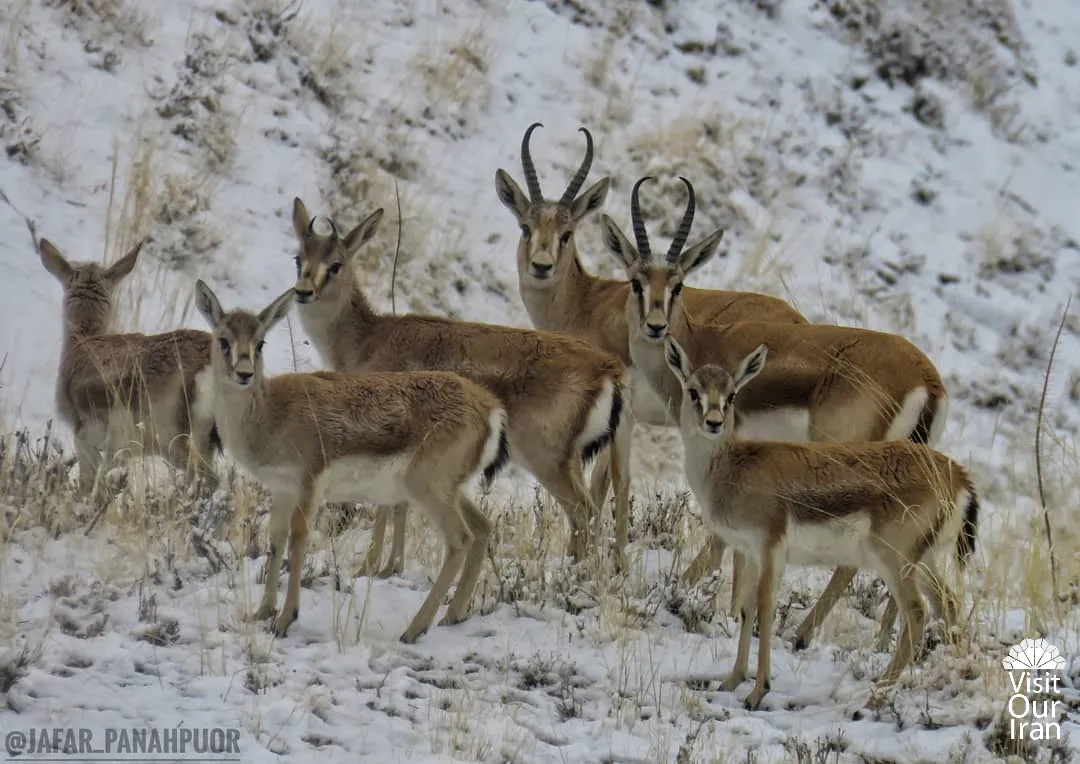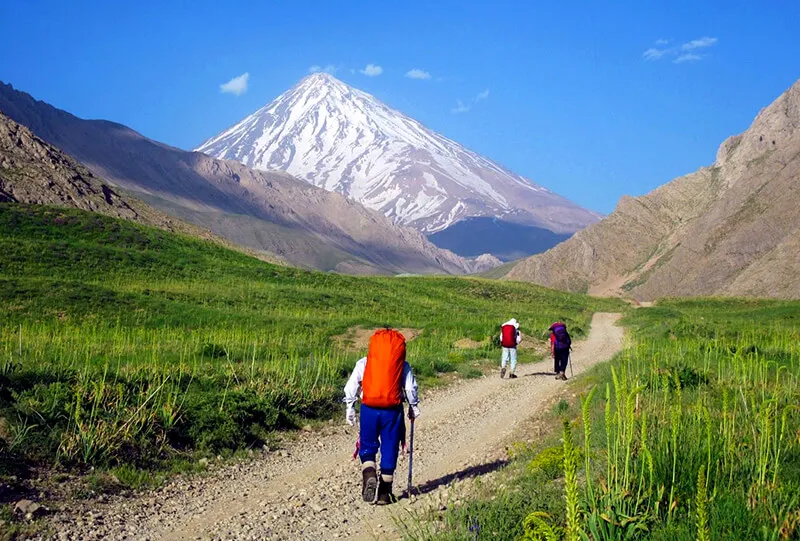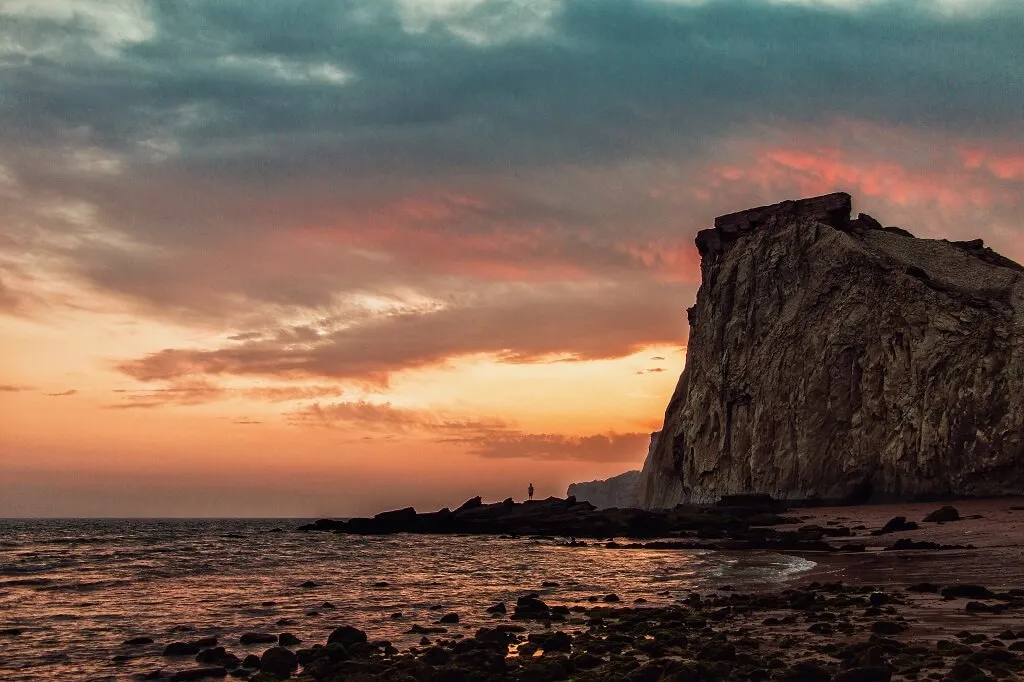Inside the protected areas of my vast country are many endangered species and astonishing varieties of animals and birds. The majority of the people, however, are ignorant of the functional significance of wildlife in the ecosystems. Even way before I became a member of Visit Our Iran, I always felt that I have a personal duty to draw everyone’s attention to the unknown experiences that my country can offer. I tried to manifest my country’s cultural merits and environmental values in my words. That is a common interest among all of the members of the Visit Our Iran team. So, we have tried so hard to hit our dream target for raising awareness of the beauty and significance lying in protected areas of Iran. In my mission in Visit Our Iran to design authentic, eco-friendly experiences of Iran nature and wildlife, I came across hardworking environmentalists whose deeds were adorable.
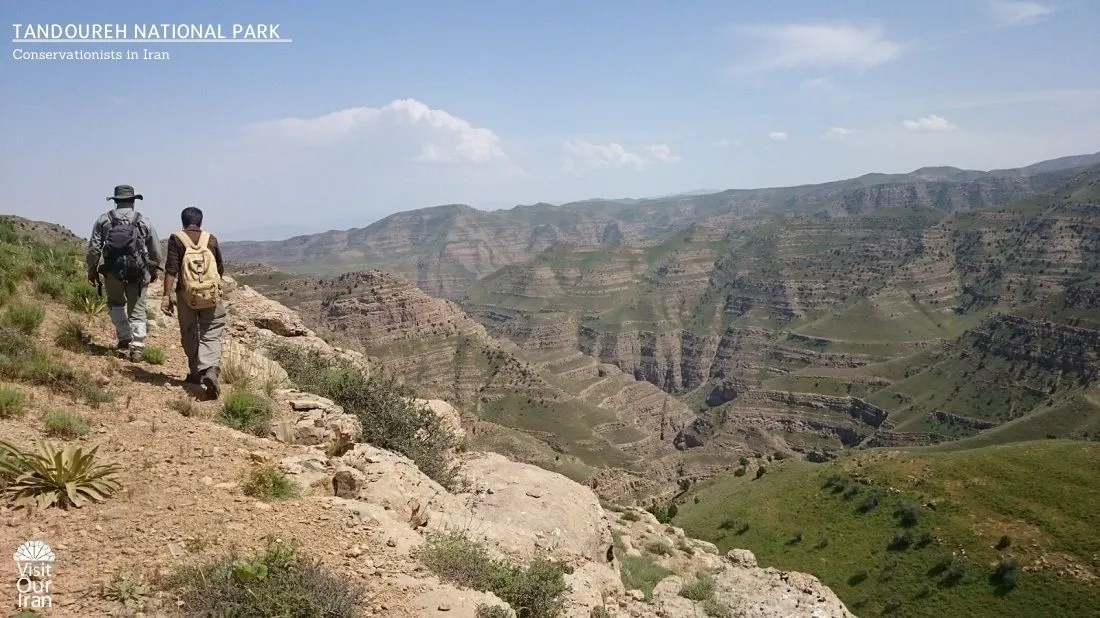
These people also believe that they have a duty of care to preserve wildlife habitats by raising awareness. It is their passion to protect nature and her inheritances. To do that, however, they have faced a lot of conflicts with the local communities. My conservationist friends told me that: “Full protection of wildlife is possible only if the conflicts of local people are resolved and their interests are served, so we can’t really focus on our job and we have to deal with people who are angry after their loss.”
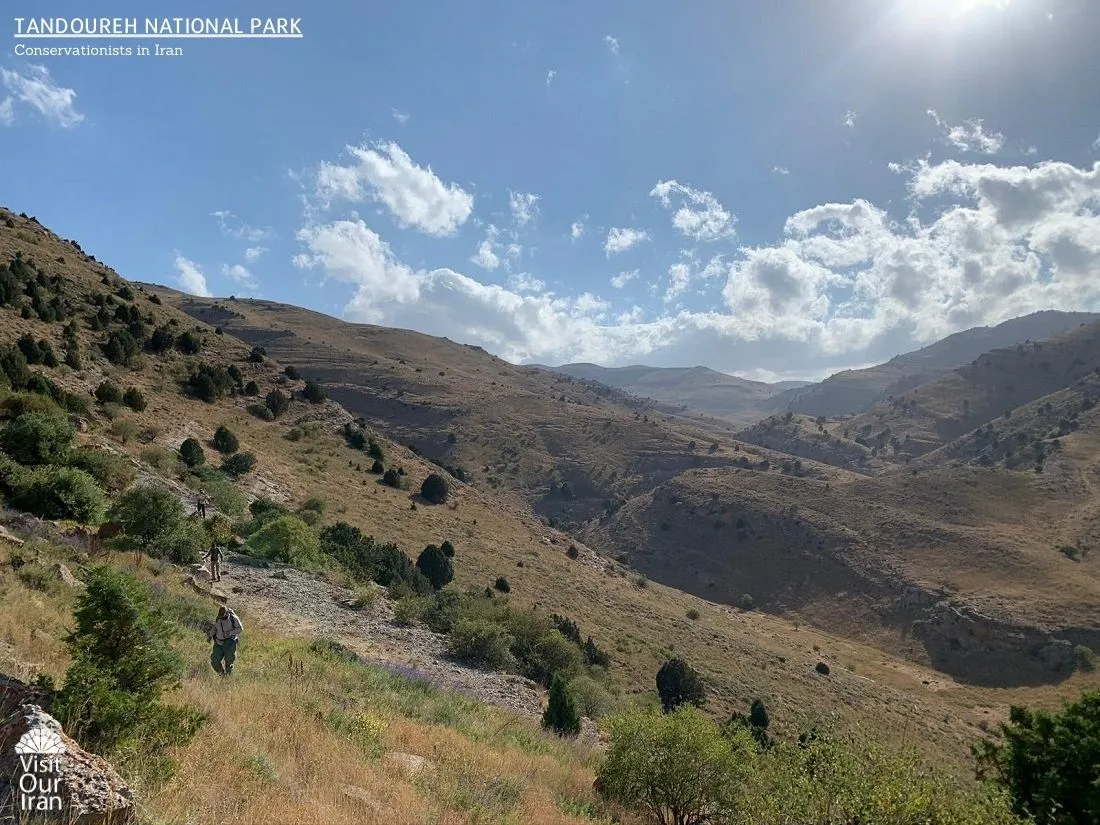
To compensate for that, I was honored to collaborate with the Future4Leopards team and particularly Mohammad Farhadinia as the team leader. Mohammad is both an Oxford University researcher and an experienced environmental activist who has founded this project in Iran. To find the best solution, we had to collaborate to find a sustainable way to get the local communities involved and simultaneously achieve a positive result in the environment. Here are some instances of our adventures, researches, and efforts to come up with the best solution:
Fulfilling Our Dreams for the Conservation of Wildlife
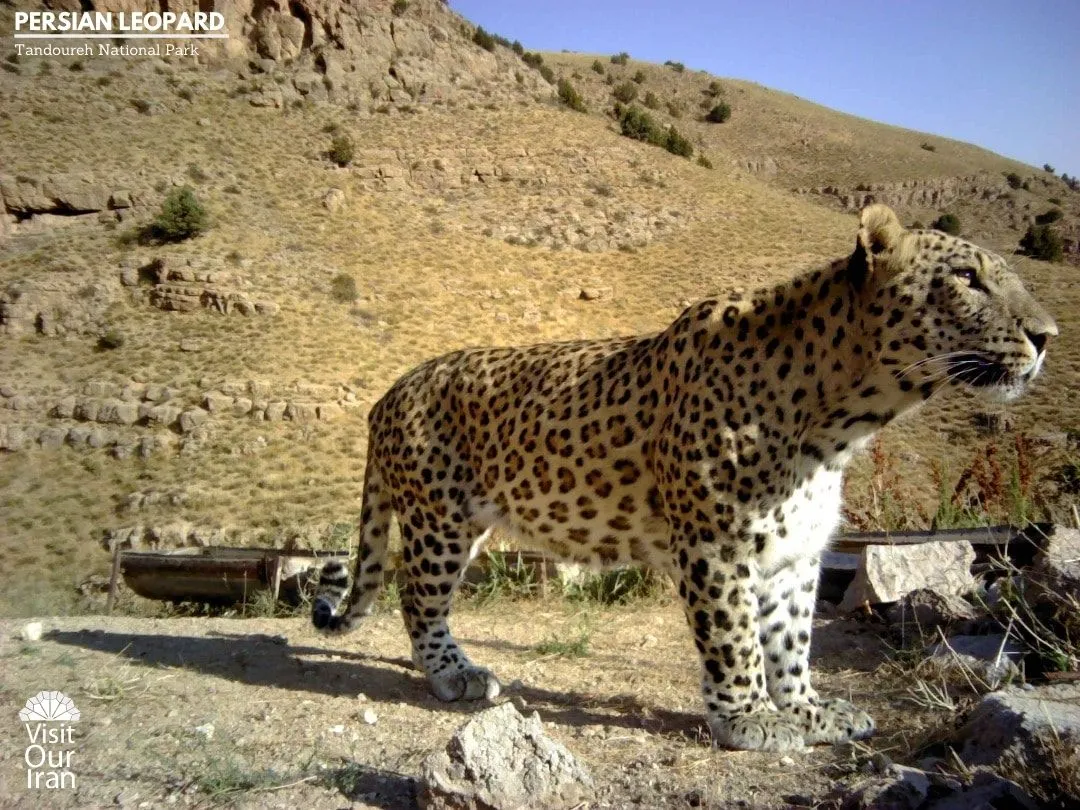
To make the environment a safer place for wildlife, we encountered many obstacles and difficulties. In a conservation project in the Do-Hezar and Se-Hezar districts in northern Iran, we tried to reduce the poaching activities. Still, many of the local people are herders whose herds graze in different pastures of the district. Unfortunately, these poor animals are occasionally prey to wild creatures like Persian leopards and brown bears. And sadly, local people tend to be more hostile to these exceptional species without considering their value for the district. However, in our serious attempts to raise awareness of their significance, illegal logging and poaching decreased. We observed a sharp decrease in the number of violations. Confiscating illegal guns and detecting violations made this place a safer environment for wildlife. You could see urial sheep and wild goats in some places after about 20 years. People had even observed wild boars and one Persian leopard close to the rural areas.
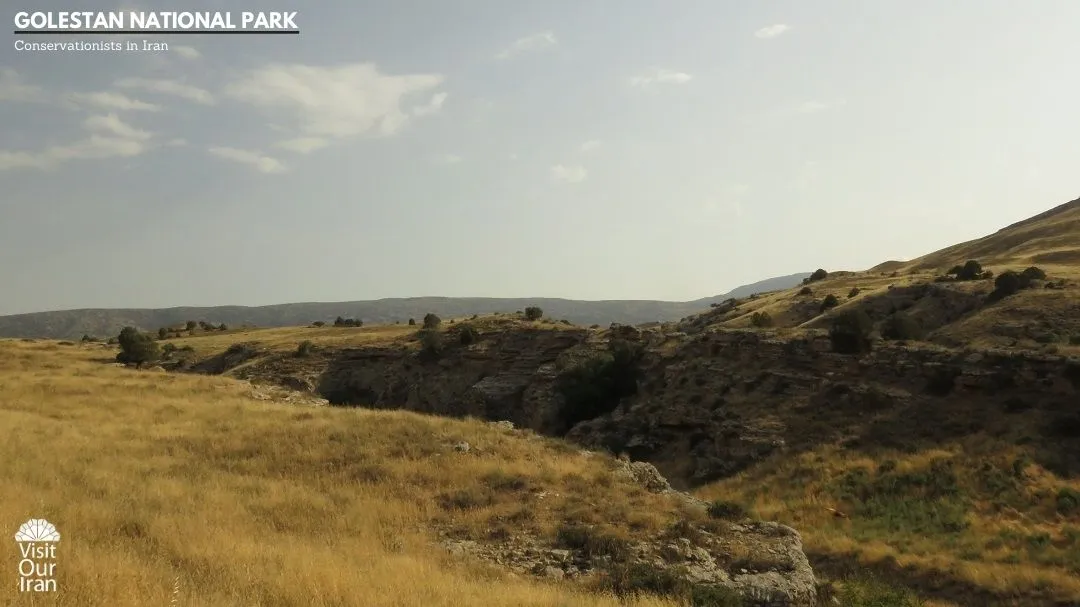
The new head of Golestan National Park tried to redirect the talents of people living in surrounding villages. Many of the poachers and juveniles learned to look through a new perspective. Later, they were employed as rangers and some others became tour leaders. Surprisingly, some of them are volunteered for jobs with low salary or served as unpaid. They wanted to prove their true love for the environment and wildlife.
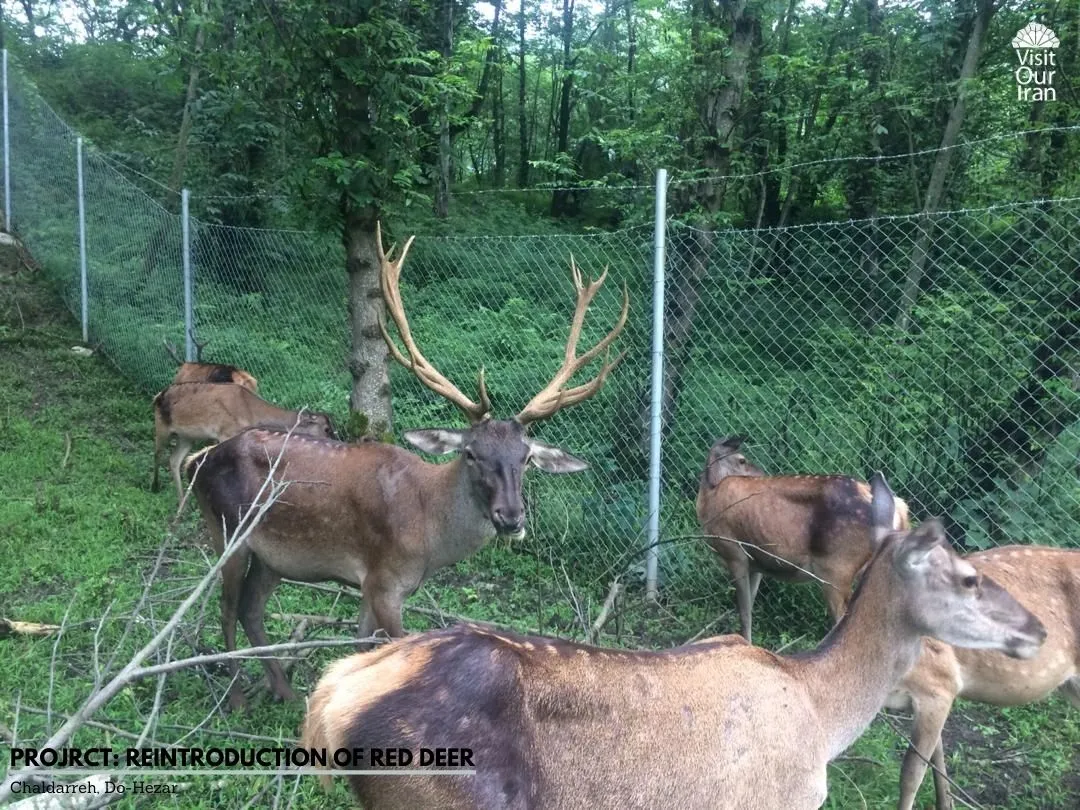
Peyman is one of my hard-working friends on the team. I really love to hear him when he talks about his conversational activities and adventures. He told me about one of the projects to which he contributed in the Chaldarreh district. That project aimed for the reproduction of red deer in a large fenced field. He told me that some of the guards protecting this field were ex-poachers of red deer who had been employed to contribute to their preservation. One of them had told the following words to Peyman: “I can no more think of hunting these beautiful animals. It’s like I don’t see them as mere flesh and bones anymore and there’s some sort of a connection between me and them.”
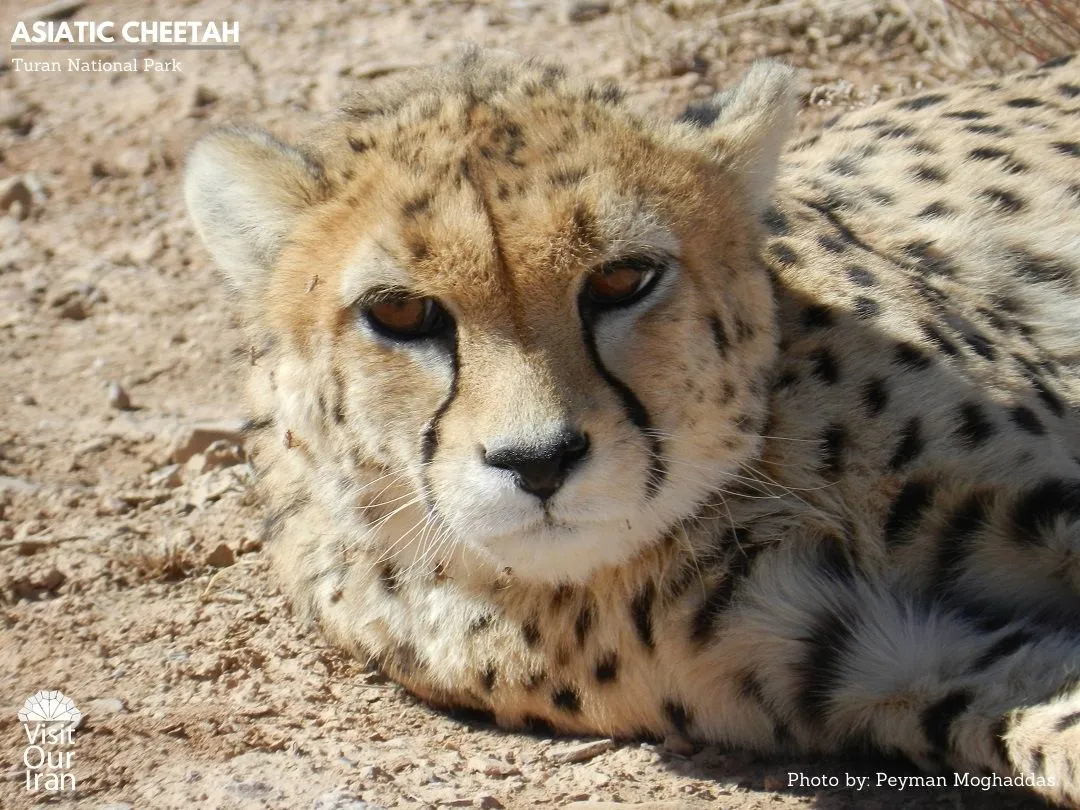
Following Peyman’s story, Mohammad told me about the highly endangered Asiatic cheetahs in Iran. He said that Touran National Park embraces the highest population of this exceptionally beautiful creature. But, there are probably less than 35 Asiatic cheetahs all over Iran. “Touran National Park entails the conservation of our biggest hope for Asiatic cheetahs in Iran. And happily, there is also a captive breeding center in which three Asiatic Cheetahs are kept.” He said.
Join us in our wildlife tours and explore all these beauties and wonders along with the rangers. Hear the voice of nature and its wonderful creatures to build up your own unique memories.
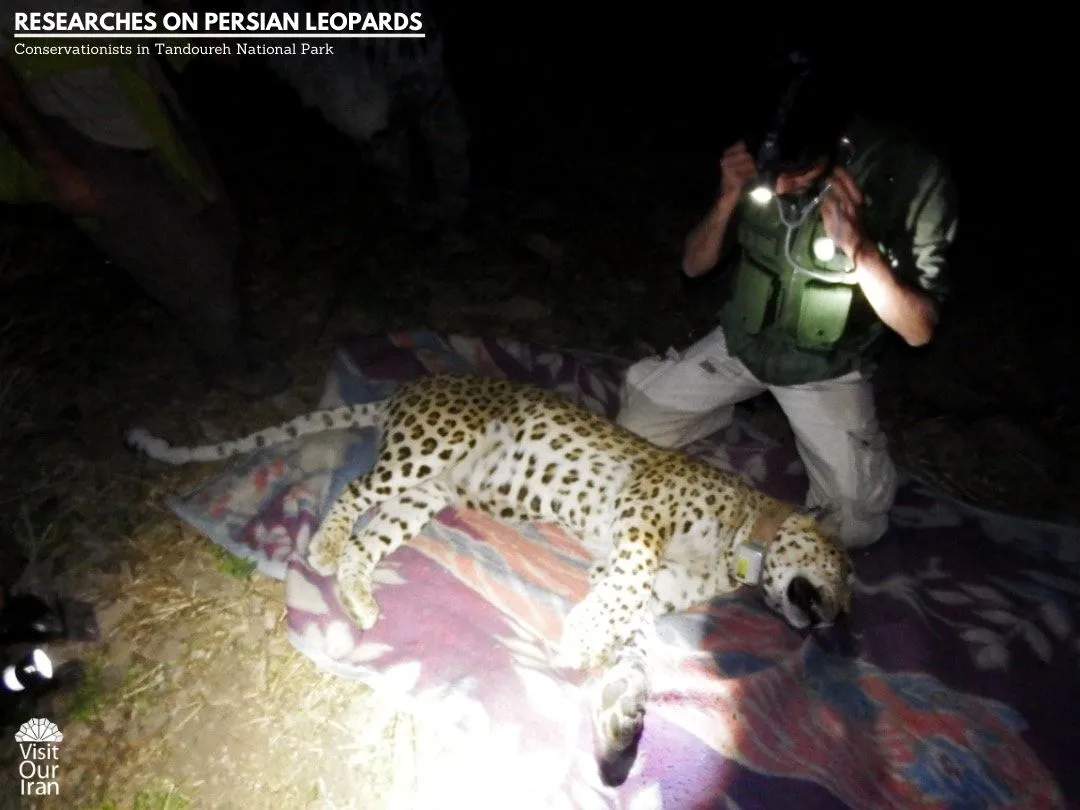
What we did with Mohammad in Tandoureh National Park was extensive research via satellite telemetry on the distribution of Persian leopards. The results of these researches were published in world-leading scientific journals like Scientific Reports and Plos One, pointing out the significance of the wildlife habitats of Persian leopards and their conservation. As we observed these beautiful creatures and their paths, we realized that a large population of Persian leopards live here. We also noticed that they spend about 17% of their time close to the rural areas. So, in partnership with the Iran Department of Environment, we decided to aid the rangers in protecting this specific species and its prey. We successfully restored a few water springs besides installing some drinkers. The rangers also had difficulties dealing with the limited accessibility caused by the mountainous and rugged pathways. With the financial help of nature lovers, we could plan and construct two main trails for the rangers. These trails increase anti-poaching efficiency by providing better accessibility for the rangers.
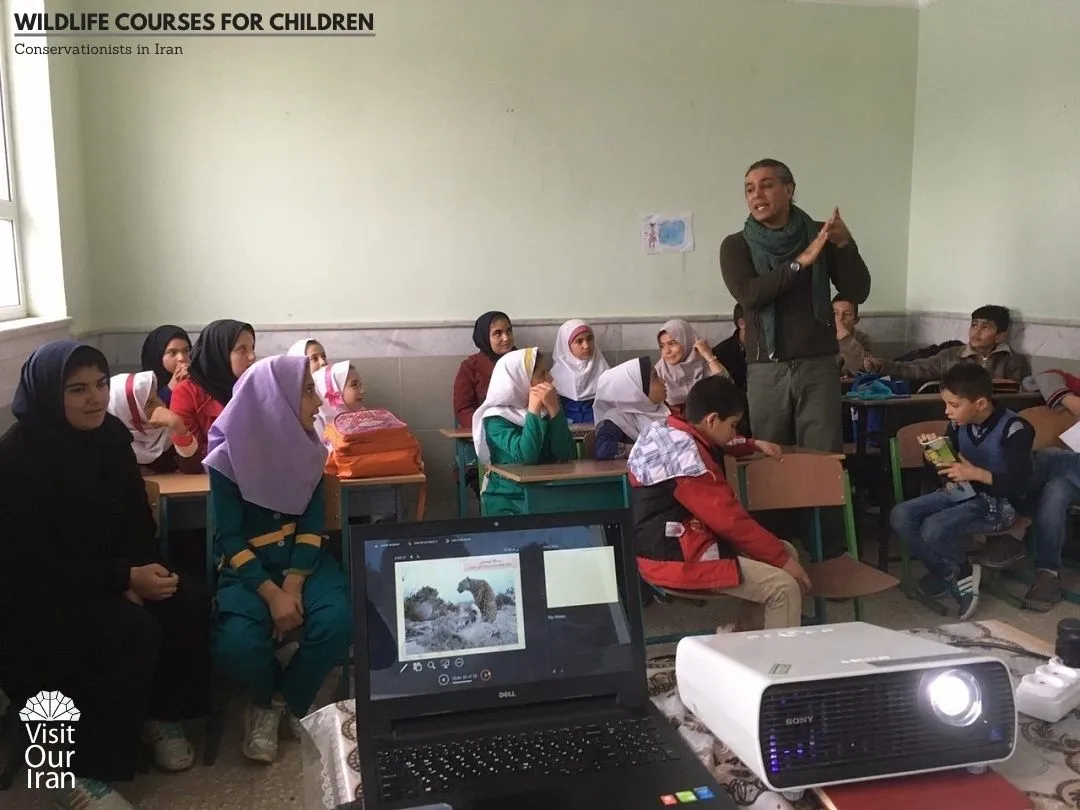
Simultaneously, we merged into the local communities to let them know about the precious animal species living around them. To raise awareness of the endangered wildlife, we published more than 1000 Persian calendars designed with our own amazing collection of pictures of Persian leopards. Eventually, we distributed hundreds of these calendars among local houses. We also trained the children of the surrounding villages in nature and wildlife courses. So, they could have the experience of a wildlife tour inside the Tandoureh National Park. What we did in Tandoureh National Park was accompanied by filming documentaries. These documentaries had a great role in introducing the people of Surrounding villages and Dargaz City to people all over the world.
People and Nature Holding Hands
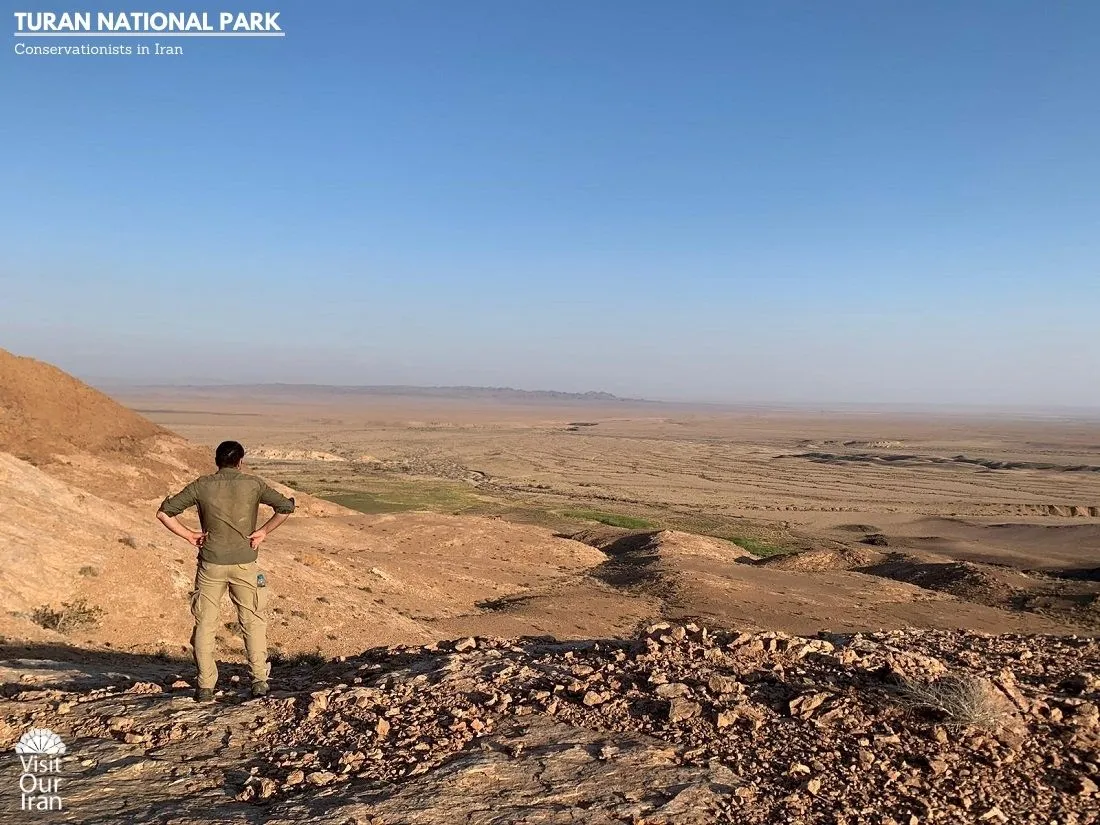
Finally, this cooperation led to finding a sustainable economic solution that is developing responsible tourism. Therefore, we are responsible for the environment and we can concurrently involve local people and provide them with financial resources. Through responsible tourism, we can reduce the negative outcomes on both the environment and the local economy.
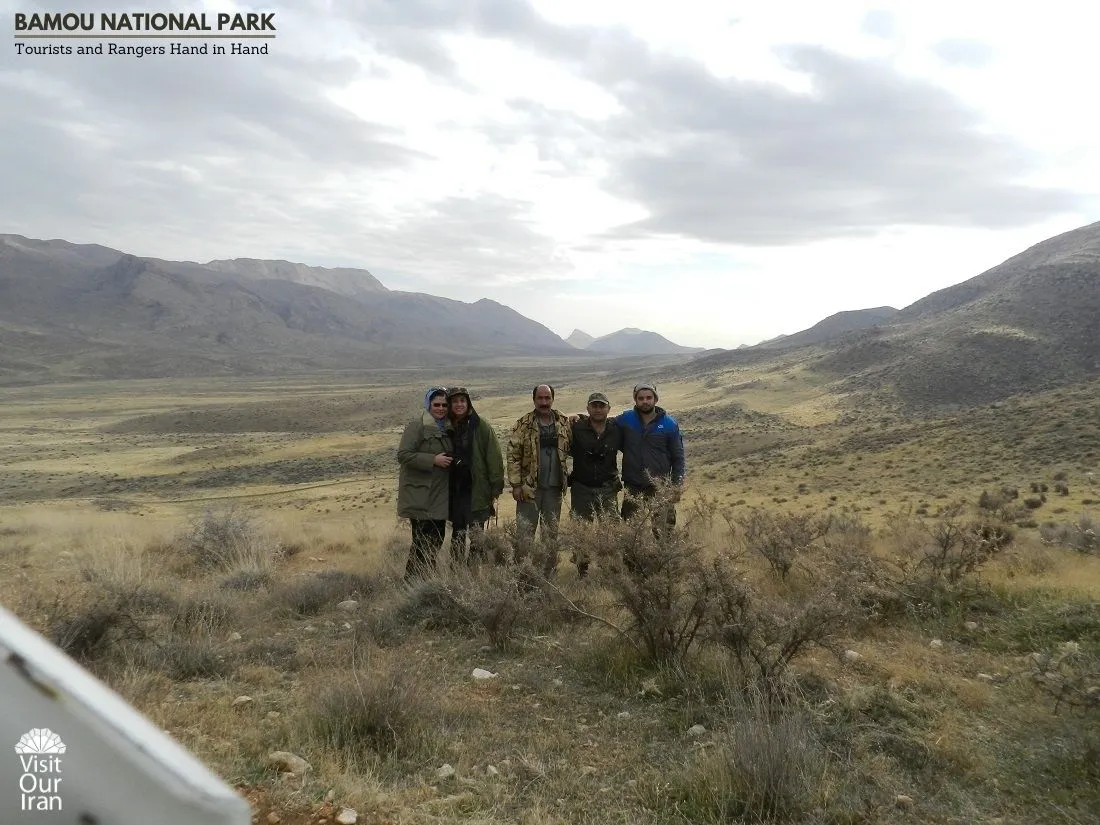
The incoming tourists have a great role in echoing the significance of that area to other people and the local communities can mutually benefit from providing the tourists with necessary services. Therefore, the locals will adopt a friendlier attitude towards nature and will learn to become her patrons. They also enjoy sharing their local customs, culture, historical sites, and traditional foods with tourists.

One instance of such a reciprocal effect is evident in Biyarjomand, the closest city to Touran National Park. This city was one of the areas with the most hunters in the past. However, it has turned into a tourist destination and many tourists come to see the wildlife in Touran National Park. Thus, many of the locals are active in providing services in eco-lodges or restaurants. Some others become tour leaders since they know the place like the back of their hand. Eventually, the tourists and the local economy are both satisfied with the improvements in global sustainability and economic prosperity.
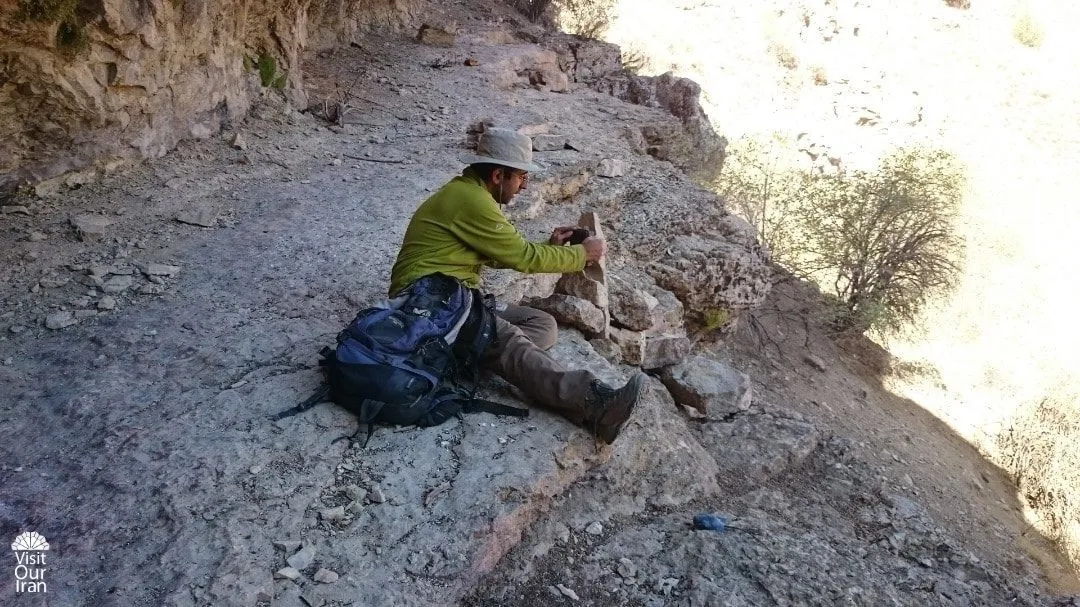
To conclude, in this cooperation between Visit Our Iran and Future4Leopards to improve the local economy besides protecting the environment, we offer authentic experiences of nature and wildlife that simultaneously benefit local communities. These tours aim for a reciprocal advantage between nature and community besides creating an exceptional experience for the tourist. Eventually, not only is the environment improved but also the tourism enterprise provides the tourists with better features and facilities. Tourism would be a source of revenue from eco-lodges, employing local guides, and conservation projects that involve local people. Part of the revenue derived from sustainable wildlife tours is directly dedicated to conservation projects. This financial support will be granted to the Foundation to support the conservation projects and researches in different regions and protected areas of Iran.
